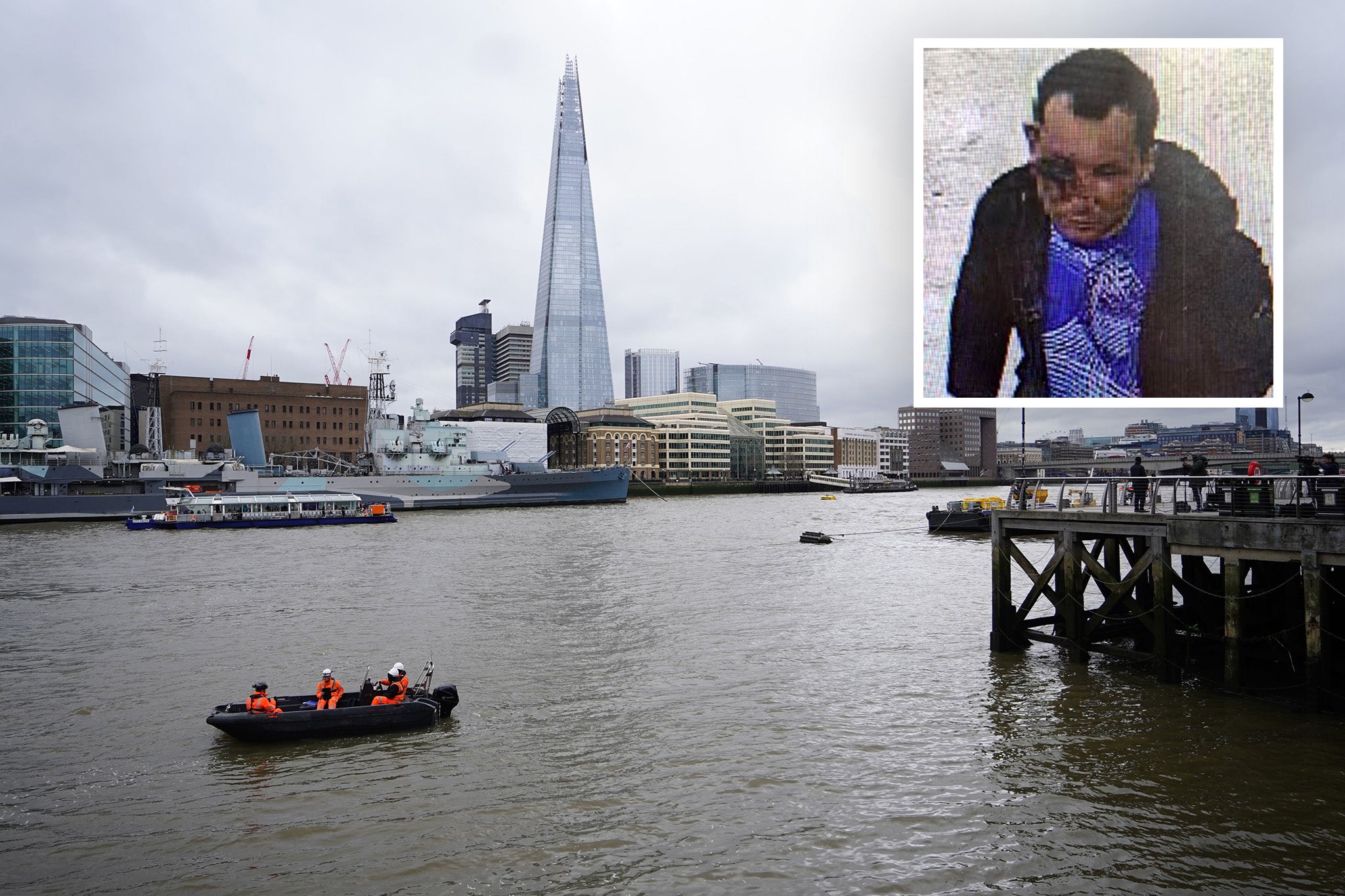Acid attacks soar by 75% with growing numbers of female victims
Half of all corrosive offences last year were against women, a charity has warned, as figures show attacks are soaring

Acid attacks have surged by 75 per cent with growing numbers of female victims, it has been revealed.
Shocking new figures from police forces in England and Wales show at least 1,244 offences involving corrosive substances were recorded last year, up from just 710 in 2022.
The latest rise comes after a 69 per cent year-on-year increase was also recorded in 2022 as experts warn the escalating problem is a “huge concern”.
Worrying, only eight per cent of attacks resulted in a perpetrator being charged, according to the figures from Acid Survivors Trust International (ASTI).
The charity has called for urgent action from the winner of the general election amid fears the true total is likely to be even higher due to under-reporting by victims.
The data, obtained via Freedom of Information Requests made to police forces, comes after a mother was critically injured in a horrifying alkali attack in Clapham earlier this year.
Abdul Ezedi had travelled to London from Newcastle to douse his former girlfriend in a corrosive substance in the 31 January attack, which also saw her two children injured.
Ezedi, 35, fled the scene but is believed to have taken his own life after his body was pulled from the Thames by police.
According to friends, the mother was still in critical care having lost sight in at least one of her eyes a month after the attack.

ASTI found that out of the 1,244 recorded offences last year, over a third were physical offences against the person, while 790 offences included threats of corrosive attacks, carrying of corrosives, and other serious crimes involving corrosives, such as rape or robbery.
Their executive director Jaf Shah warned: “There has to be action taken about threats from the beginning to prevent those threats from escalating into physical attacks.”
While acid attacks in the UK have often been associated with male-on-male violence, recent trends show it is increasingly being linked to violence against women and girls.
Half of all corrosive offences last year were against women – with some 502 female victims out of 1001 offences where gender data was available. This rises to over 59 per cent for threats of violence.
“Our new data shows that acid violence is an escalating problem in our country, with women increasingly at risk,” Mr Shah added. “With a new Government soon in place, we are asking our leaders to take urgent action and stop these atrocious crimes which leave victims forever scarred.”
The north east of England is also disproportionately affected with a “shocking” number of attacks recorded in Northumbria, where a fifth of all corrosive violent offences took place last year - including 81 violent physical attacks. Most commonly, ammonia was used by perpetrators.
They recorded more incidents than the capital, with the Met Police recording 72 violent physical attacks.

Professor Francisco C Figueiredo, an ophthalmology expert at Newcastle University, said: “Over the last five years there has been a concerning rise in the incidence of acid attacks especially in the North East of England.
“Eight per cent of the victims are young Caucasian males and 90 per cent of them are not reported to Northumbria Police. Ammonia is the most common chemical used in the Northeast of England area.
“Using noxious chemicals to cause harm, and ocular harm in particular, is becoming a popular mode of assault in the UK, and is a serious medical and social concern which requires further investigation to be able to increase public awareness, implement stricter regulations, better surveillance and means of prevention, as well as to provide adequate support to the victims.”
Acid violence too often goes unpunished with only eight per cent of the cases leading to a charge or a summon, the charity said.
In many cases survivors live in fear of reprisal attacks, with almost a third of victims withdrawing support for police action despite officers identifying a suspect.
Dr Matt Hopkins, Associate Professor in Criminology at the University of Leicester, said the increase was a “huge concern”.
“However, we should also keep in mind that the incidents tend to be concentrated in a select number of areas and we need to further explore whether this is a product of better police recording and identify what types of substances are being used in the attacks to be able to improve prevention,” he added.
A Home Office spokesperson said: “Attacks on people involving acids or other corrosives can result in huge distress and life changing injuries.
“Under the Offensive Weapons Act 2019, it is illegal to sell and deliver corrosive products to people under 18 and possess corrosive substances in public.”
